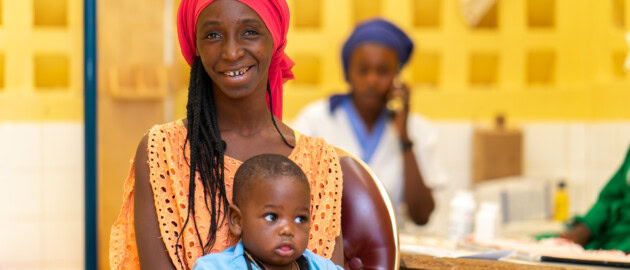As more women in low- and middle-income countries find formal employment, workplaces can become a platform for nutrition-related interventions and services, and may be an opportunity to tackle many of the inequities they face:
- Many women without children do not regularly access the health system, especially for preventative services.
- For pregnant women, work can be a barrier to accessing antenatal care and nutrition services.
- Workplaces can also hinder good breastfeeding practices
When women train as community healthcare workers, and mothers and community decision-makers come together to take action on existing nutritional barriers, the women and their communities benefit.




